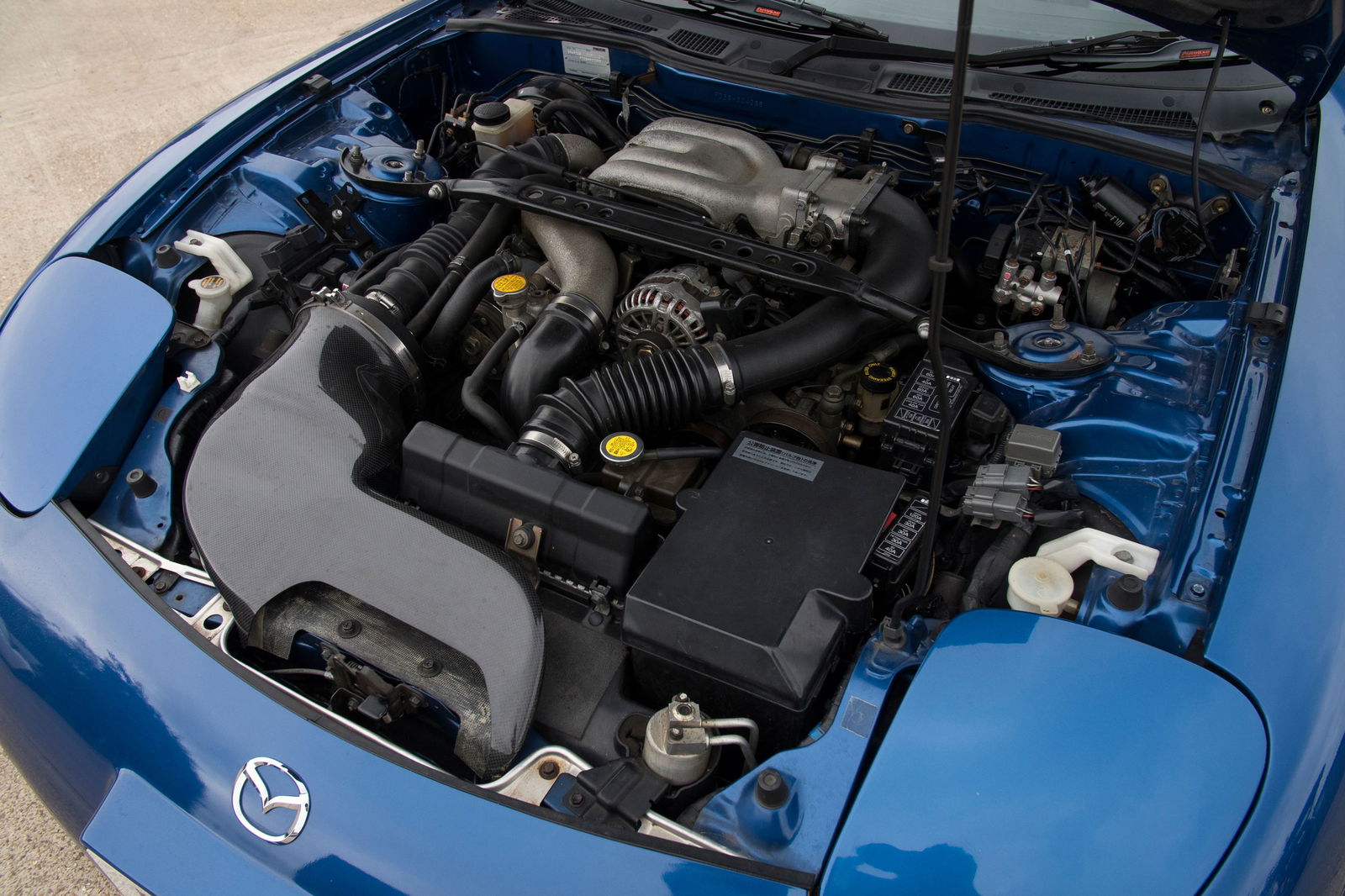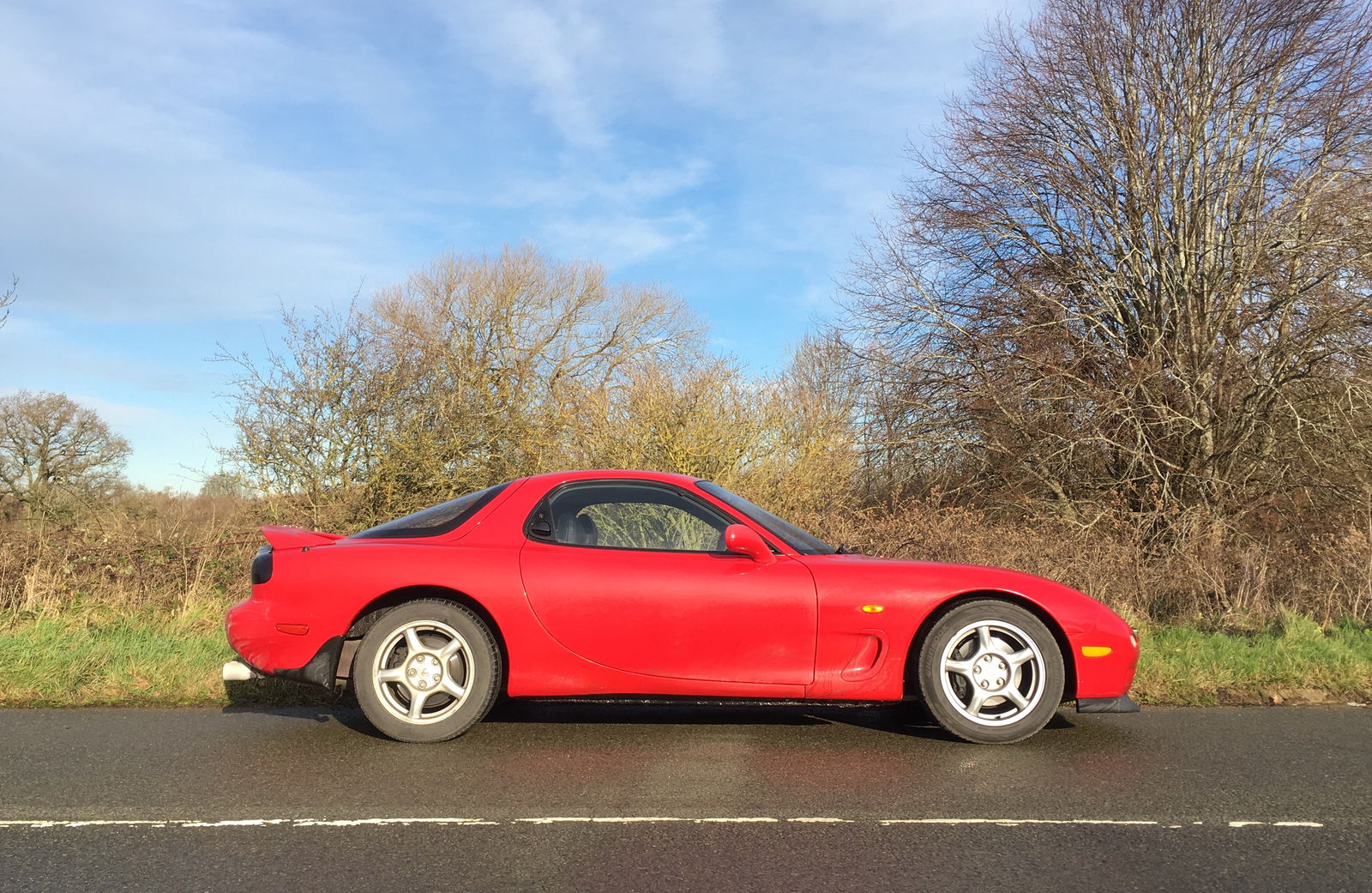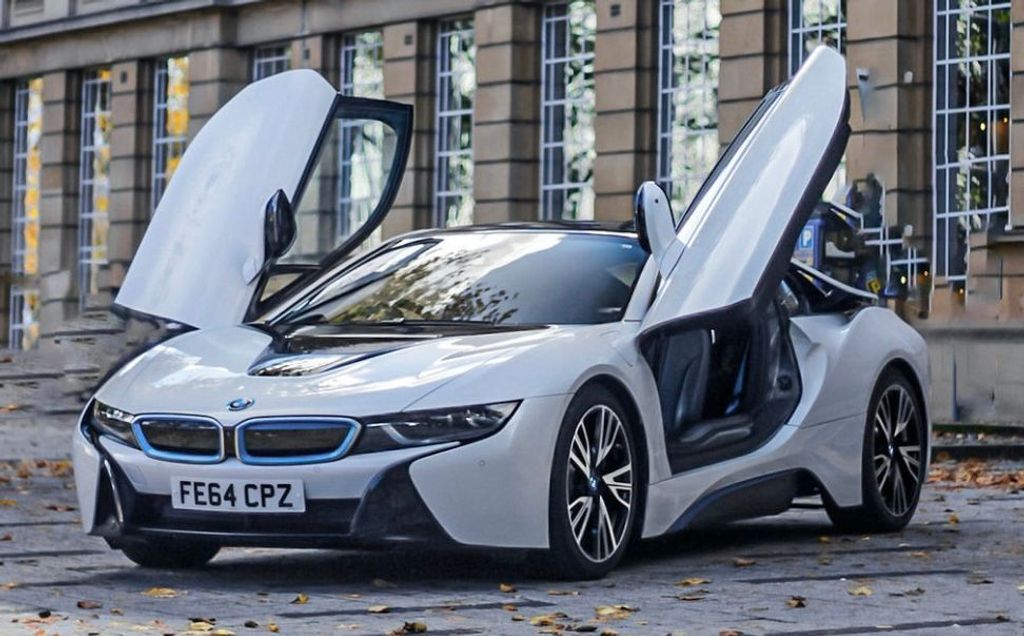5 Things I’ve Learned From Living With An FD Mazda RX-7

This is a bit of a journey of discovery for me. For years I’ve bought cheap, simple cars. That’s mainly because I enjoy cheap, simple cars, but we all have dreams and for quite some time now one of mine has to own something a little more special.
That opportunity finally came around recently and I found myself the owner of a 1994 Mazda RX-7. And while any more substantial purchase comes with risks, my only hope is that the benefits outweigh the negatives and I get to enjoy one of my dream cars in the meantime.
I’ve only owned the car a short time, and the global situation has put paid to any intent to use the car regularly (it’s saved me a few bob in fuel, at least). But even after a few weeks I’ve been able to form a few initial impressions - cars with character do tend to leave their mark relatively quickly, which is great when you really want to get under the skin of something. Here’s what I’ve discovered so far…
It drives like a big MX-5

This is perhaps a statement of the obvious, given it’s a front-engined, rear-wheel drive sports car from the same manufacturer, but the FD really does behave much like a slightly larger and slightly heavier first- or second-generation MX-5.
Opportunities have naturally been fairly limited to really explore the car’s handling, but familiar sensations percolate through on every drive. Some of those familiarities are fairly obvious, from the thoughtful pedal placement, short-throw gearshift and even a similarly imperfect seating position (MX-5s and RX-7s both perch you a little too high behind a wheel that doesn’t adjust), while others become clear with the miles - direct and predictable steering, good balance, some body roll to allow you to feel what the car is doing underneath you.
At the same time, it’s interesting to note the differences. Power, obviously, but also the way that the turbochargers take the edge off the throttle response. And it’s not quite as agile or responsive to inputs, owing to the extra weight, while the limits are definitely higher on that fatter rubber - an MX-5 definitely makes its thrills more accessible.
It makes piston engines feel agricultural

Since acquiring a Toyota Paseo I’ve marvelled at just how easy the little coupe is to drive, having previously lived with a rather more raucous Peugeot 106 Rallye. A large part of this is just how unobtrusive the Toyota’s 1.5-litre four-cylinder is, whirring away quietly and generally getting on with its job with a minimum of fuss.
Only after driving nothing but the Mazda for a few weeks over Christmas, the first time I started up the Toyota it was like firing up a cement mixer. The whole car fizzed with the engine even at idle, and any kind of acceleration felt like the reciprocating metal under the bonnet was attempting to force its way out of the cylinder head.
I’ve actually experienced a similar sensation before: Driving a combustion vehicle after any time spent in an electric vehicle. It’s amazing how quickly you get used to the machinations of an engine, so driving something with next to no vibration, like a rotary, brings the vibration of most piston engines into sharp focus. Short of a V12 you’ll not find much like it.
It’s a surprisingly good grand tourer

At low speeds the RX-7 is surprisingly firm for a car from the 1990s. It must have felt pretty punishing back in the day considering most cars from the era positively marshmallow their way down a road compared to something from the 21st century.
It seems though that Mazda has, quite rightly, prioritised the car’s abilities at higher speeds, and the trade-off is that knobbly low-speed gait. And while high performance was presumably key, the other positive side effect is a car that relishes longer motorway trips in a way I’d not really expected.
There’s actually a solidity and directional stability to the car that feels more like something modern than a car from the 90s. Motorway expansion joints make their presence felt with a jolt but in every other respect the FD is a comfortable car over distance. The twin-rotor’s not even turning away that fast on a 70mph cruise - 3000rpm or so - while the standard-for-UK leather seats, despite being well-shaped for support in the twisties, are pretty painless after several hours too.
Maintenance may not be too painful

It does make you a bit nervous. I’m no master mechanic but almost everything I’ve previously owned has made spannering pretty simple. Open the bonnet and it doesn’t take too long to figure out where everything is in a four-cylinder car, even if you have to remove a few plastic panels or certain components are in a different location from the last car you had.
Open the bonnet on an FD and it’s like opening a control panel on the Nostromo. There are wires and vacuum hoses everywhere, the big metal bit in the centre doesn’t look like anything you’ve seen before, and nothing is exactly where you expect it to be.
But poke around a bit more and it does start to make sense. At some point I’ll be needing to replace a few of those vacuum hoses, but it’s not like the tools I’ll need are any different. The process will be largely the same - careful photos and notes of where everything goes, installation is the opposite of disassembly, the usual. And ultimately, there seem to be plenty of rotary specialists about - so if I get truly stuck, there’ll be someone, somewhere, with the knowledge to sort it out.
People really don’t quit with the rotary jokes

Listen, I know you’ve read it all over the internet, and I know these cars have a reputation, and I know a friend knew a guy who had a friend who knew another guy who once heard that rotaries chew through apex seals, but I guarantee you’re a) not the first person to say this, as if I’ve not heard all the stories myself already, and b) not as funny as you think you are.
RX-7 ownership has actually made me feel an affinity with people who buy Porsche 996s and are constantly bombarded by all the neckbeards who drone on about IMS bearings and bore scoring. Or the poor sods who buy something British and have to endure Lucas electrics jokes, like the original equipment hasn’t already been replaced decades ago.
I will say, in fairness, that most people I’ve talked to about the car haven’t simply parrotted the car’s potential failure points and have instead been hugely complimentary about the car, so as usual it’s the vocal minority delivering humourless nuggets of wisdom. But good lord folks, haven’t you got your own shitbox to concentrate on?


Comments
But in all seriousness, how are the seals? Did it have them replaced at least once? And will you replace them before or after they break?
insert RCR’s “IMMA TELL YOU ANYWAY”
also, “so far so good”, famous last words